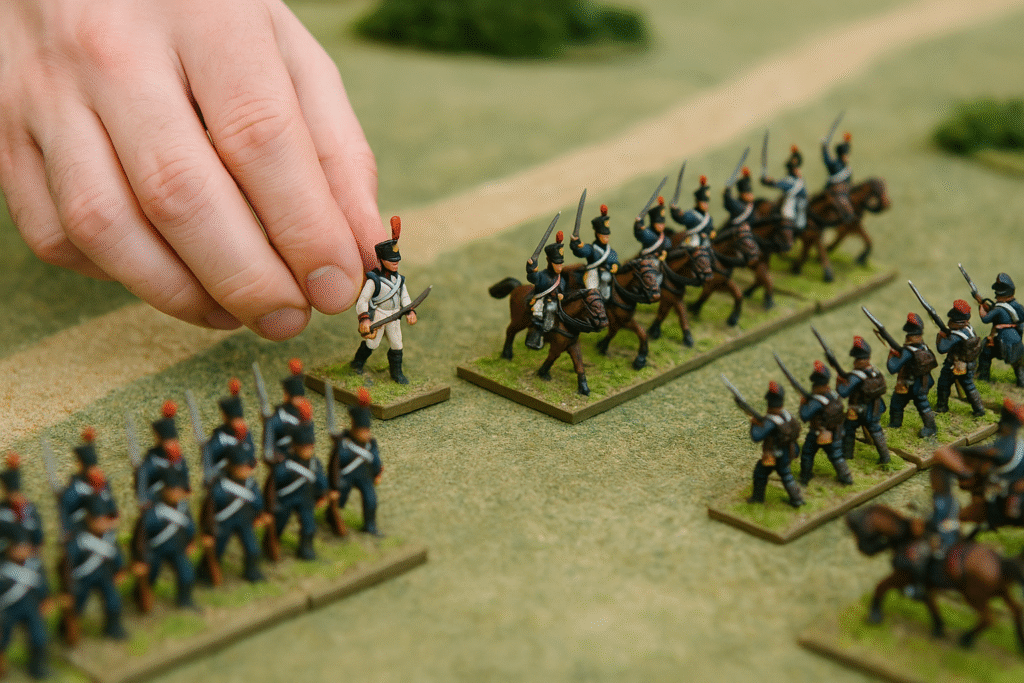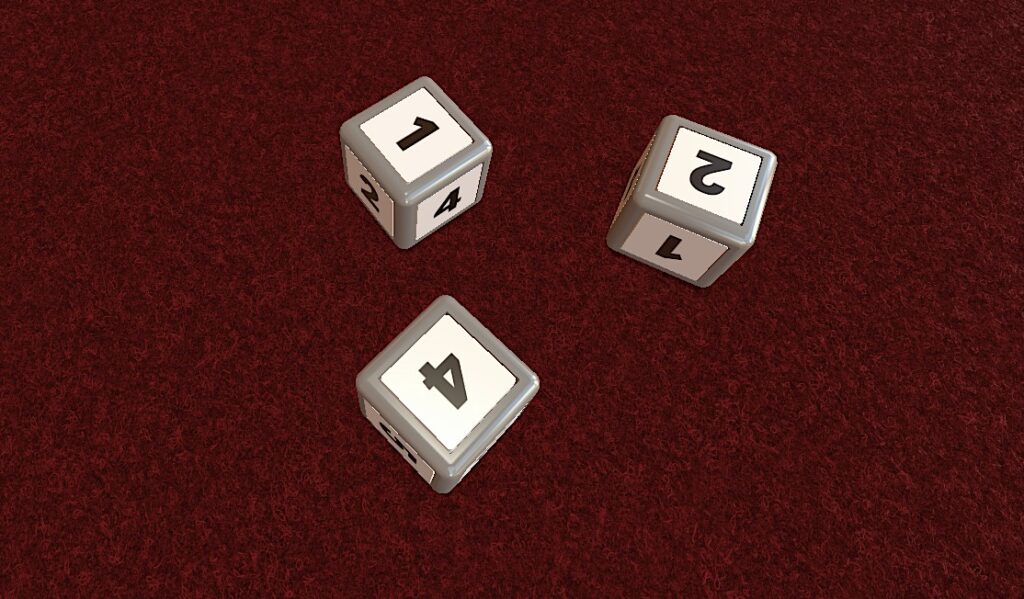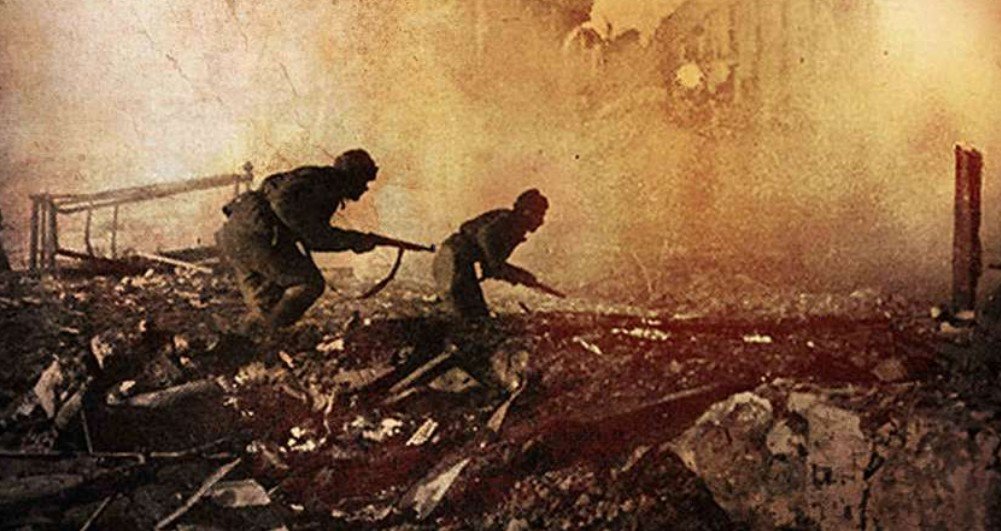Personalizing Play and Enhancing Historical Feel
House Rules in Tabletop Wargaming are almost as old as the hobby itself. While official rulebooks set the framework, players often find that the written rules don’t fully capture the experience they want at the table. Whether it’s adding more historical depth, streamlining complex mechanics, or balancing the game for fun, house rules give wargamers the freedom to shape their own battlefield.
House rules are not simply optional tweaks—they reflect how gaming groups interpret history, strategy, and immersion. For many, they’re the heartbeat of the hobby, making each game unique.

Why House Rules in Tabletop Wargaming Exist
Bridging Rule Gaps
Even the most polished rulesets leave questions unanswered. What happens when cavalry charges through multiple terrain features? How should disrupted formations react under fire? House rules fill these gaps, keeping the flow of the game intact.
Creating a Historical Feel
Ask any tabletop wargamer and you will find that one of the strongest motivations for house rules is the desire for authenticity. Napoleonic gamers may add fog-of-war mechanics, while WWII players often adjust tank penetration rules. These modifications aim to capture the historical feel that standard rules sometimes gloss over.
Improving Playability
And for some players, speed is more important than simulation. House rules can cut down on long tables and calculations, making gameplay smoother and more accessible. Solo wargamers, in particular, rely on streamlined rules to keep sessions engaging and manageable.
Balancing for Fun
If one faction consistently dominates or the learning curve feels steep, house rules can restore balance. Adjusting firepower limits, modifying movement, or adding deployment restrictions ensures the game stays competitive—and fun.

Common Types of House Rules in Tabletop Wargaming
Movement & Terrain Adjustments
Terrain is one of the most frequently customized elements. A muddy road might slow marching infantry, or woods may block artillery fire arcs more severely than in the base rules. Or undulating ground may play a key component of a particular scenario and need a special rule.
Combat & Casualty Resolution
Players often revise how combat works. Dice roll modifications, casualty tables, or adjusted skirmisher rules create outcomes that feel more realistic or better balanced.
Morale & Command Rules
House rules often expand command friction and morale. For example, British infantry might hold ground longer, while militia could break under lighter pressure. These adjustments bring historical differences to life.
Army Composition & Scenario Design
Rather than sticking to published force lists, players often create their own historically accurate rosters—or “what if” scenarios. House rules allow exploration of battles that never were, adding variety and creativity.
Solo Play Enhancements
For solo players, house rules are indispensable. Random event tables and “AI behavior” mechanics make solo battles unpredictable and immersive.
A Real World Example
As an active tabletop gamer and vlogger in Italy, Alessandro Mella recently shared some of his opinions about house rules with us. As an example of some of his house rules in tabletop wargaming, he referred us to a new set of house rules that he has recently created for use with the Valour & Fortitude rules. The Valour & Fortitude rules set has been produced by Jervis Johnson and the Perry brothers and are distributed for free on the perry-miniatures.com website. Alessandro has found it to be the kind of Napoleonic rules that suit his tastes.
Alessandro shared that “Valour & Fortitude is a simple rule set for the Napoleonic period, but it is not simplistic. The rules set includes unit information that allows players to build historical army unit lists with specific traits. Having said that, after 2+ years of using these rules on the tabletop, I’ve felt the desire to add some home rules, not because the game really needed them or because the game is wrong in any part, but because these house rules help make the game play more interesting and they add a bit deeper historical feel for the game, in my opinion.”
Alessandro has kindly allowed us to share his ‘house rules’ with the tabletop wargaming community as an example of how well home rules can blend in and expand the original rules set.
Benefits of House Rules in Tabletop Wargaming
- Personalization: Every group tailors rules to their playstyle.
- Replayability: Games feel fresh long after mastering the core rules.
- Community Creativity: Sharing house rules fosters collaboration and innovation.
Potential Drawbacks
- Complexity Creep: Too many modifications can slow the game down.
- Inconsistency: Rules vary between groups, confusing new players.
- Dilution of Design: Some changes may undermine the original intent of the game designer.
Best Practices for Creating House Rules
- Start with small, simple changes.
- Playtest thoroughly before adopting permanently.
- Document rules clearly so everyone plays consistently.
- Stay flexible—drop rules that don’t work.

Conclusion
House Rules in Tabletop Wargaming are more than optional modifications; they are a tradition that enriches the hobby. They allow players to personalize their battles, reflect history more accurately, and inject creativity into every game session. From tweaking morale systems to adjusting terrain effects, house rules bring both history and imagination to life on the tabletop.
And for the original game designers, house rules may appear to be criticisms of the original game design. But, it can be looked at as a high form of praise that the gamer has adopted the rules set as their own and has personalized it with their own tweaks so that they can continue to enjoy the original designers’ intent.
Sometimes, these house rules make the ‘circuit’ and become accepted enough to warrant adding them into a future edition of the official game rules. But, more than not, they remain a personal modification that a player and/or a club will use for their own benefit.


